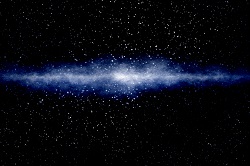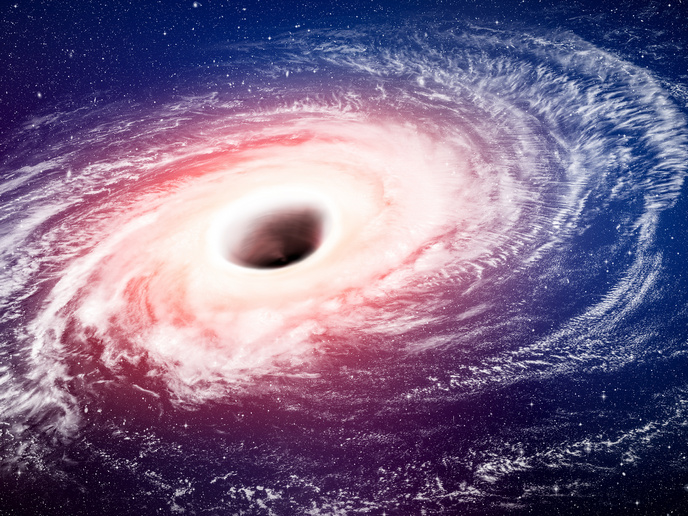New analytical software promises Big Bang in European astrophysics
Astronomers are really cosmic time travellers; distant galaxies are so far away that their light takes billions of years to reach us. Discovering these stellar systems means being able to look at the universe as it was close to the Big Bang. But while these so-called ‘deep’ images are crucial to our understanding of the how the universe began and consequently evolved, achieving crisp, clear images of these distant objects has often been an issue. A window into the past ‘These galaxies are so far away that astrophysicists often need to use multiple telescopes,’ explains ASTRODEEP (Unveiling the power of the deepest images of the Universe) project coordinator Professor Adriano Fontana from the INAF Osservatorio Astronomico di Roma in Italy. ‘The data collected from optical and, say, infra-red instruments often have different properties and can be difficult to combine. The same object viewed through different telescopes can appear very different.’ In order to address this, the ASTRODEEP project has developed new software that can make sense of multiple data supplied by the very best ESA and NASA satellites and telescopes. The best images of a particular object are used, and then information hidden in lower resolution images obtained through sophisticated mathematical image analysis techniques. Astrophysicists can then rebuild the history of the universe with never-before achieved precision. ‘We used the new software on existing data to see distant stars,’ says Fontana. ‘Most stars are born in places where there is a lot of dust, which makes them difficult to observe when they are so far away. By combining optical and infra-red images we can peek into the dust and estimate how many new stars are hidden. We see gigantic amounts of new stars in distant galaxies, but as we get closer and closer to the Big Bang the dust decreases. This is what we expected to see, but are now able to see.’ Looking to the future While enabling astrophysicists to look into the distant past as never before, the project is also firmly fixed on the future. The software technology developed by ASTRODEEP is being evaluated for adoption by ESA to analyse data from the satellite Euclid, scheduled for launch in 2020. The main goal of this mission is to resolve the mystery of ‘dark matter’ and ‘dark energy’. In addition, NASA is planning to launch the James Webb Space Telescope (JWST) in the next few years. ‘We wanted to prepare tools that would enable European scientists to aggressively jump on the data that will be delivered by these missions,’ explains Fontana. ‘We also consciously hired many young researchers for this project – as many as 14 – and many have gone on to achieve permanent positions.’ The next step, says Fontana, will be to apply these new software tools to fresh data, especially when these new instruments come online. In this respect, Europe is well-placed to be a leading playing in astrophysics. ‘If you consider the investments costs of such infrastructure – the JWST cost USD 8 billion while Euclid cost more than EUR 1 billion – the progress you can make with a much smaller investment like this project is huge compared to the cost,’ concludes Fontana.
Keywords
ASTRODEEP, galaxy, Fontana, Euclid, JWST, universe, astrophysics, NASA, ESA







